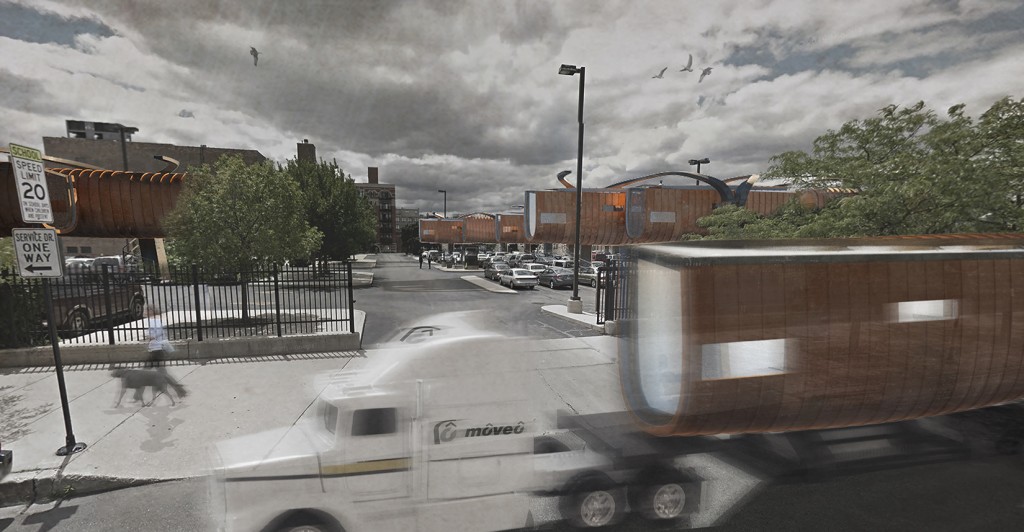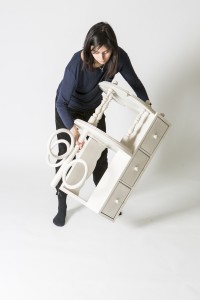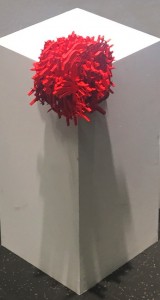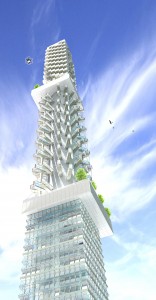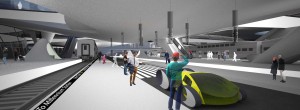Satya Basu is interested in responsive architecture and algorithmic design as part of small practice in collaboration with other fields and designers. He is a Digital Design faculty member in the Adult Continuing Education program at SAIC and an architectural design intern at Gensler.
Satya is a graduate of the University of Chicago, with a double concentration Bachelor of Arts in Law, Letters & Society (LLSO) and Philosophy. Post-graduation, Satya worked as a Conflicts Assistant for DLA Piper before moving to New York City in 2007. Between 2007 and 2012, Satya worked for GFI Group as a financial broker while founding his own practice as a designer. His firm Satya Design works on residential interior designs with completed projects throughout New York City and the DC area.
Moveo House
“Why do we give up on the tiny urban house when growing cities are where affordable and efficient design is most crucial?”
Micro-housing encompasses a wide-range of housing issues both architectural and social (prefab, affordable, infrastructural, etc.) within the context of cities. Can a micro-architecture solution create an affordable, portable urban house to develop a new typology of urban “infill” for the back alleys, surface parking lots and vacant lots of growing North American cities? Leveraging digital fabrication techniques, energy-efficient materials in custom assemblies and supplementing or disengaging aging infrastructure, a deployable architecture can create new modes of living in cities and new models for adapting to urban sites while preserving potential for future dense urban growth.
Providing an alternative housing form allows for home ownership and freedom for the free-wheeling urban dweller, while allowing for future reuse as a secondary dwelling, vacation home, and even a retirement plan on the open road. The Moveo house develops a new housing prototype that challenges traditional models for home ownership while enabling mobility and flexibility within a universal context – encompassing both the pastoral domain of the tiny house movement as well as confronting the complexity of the urban.



